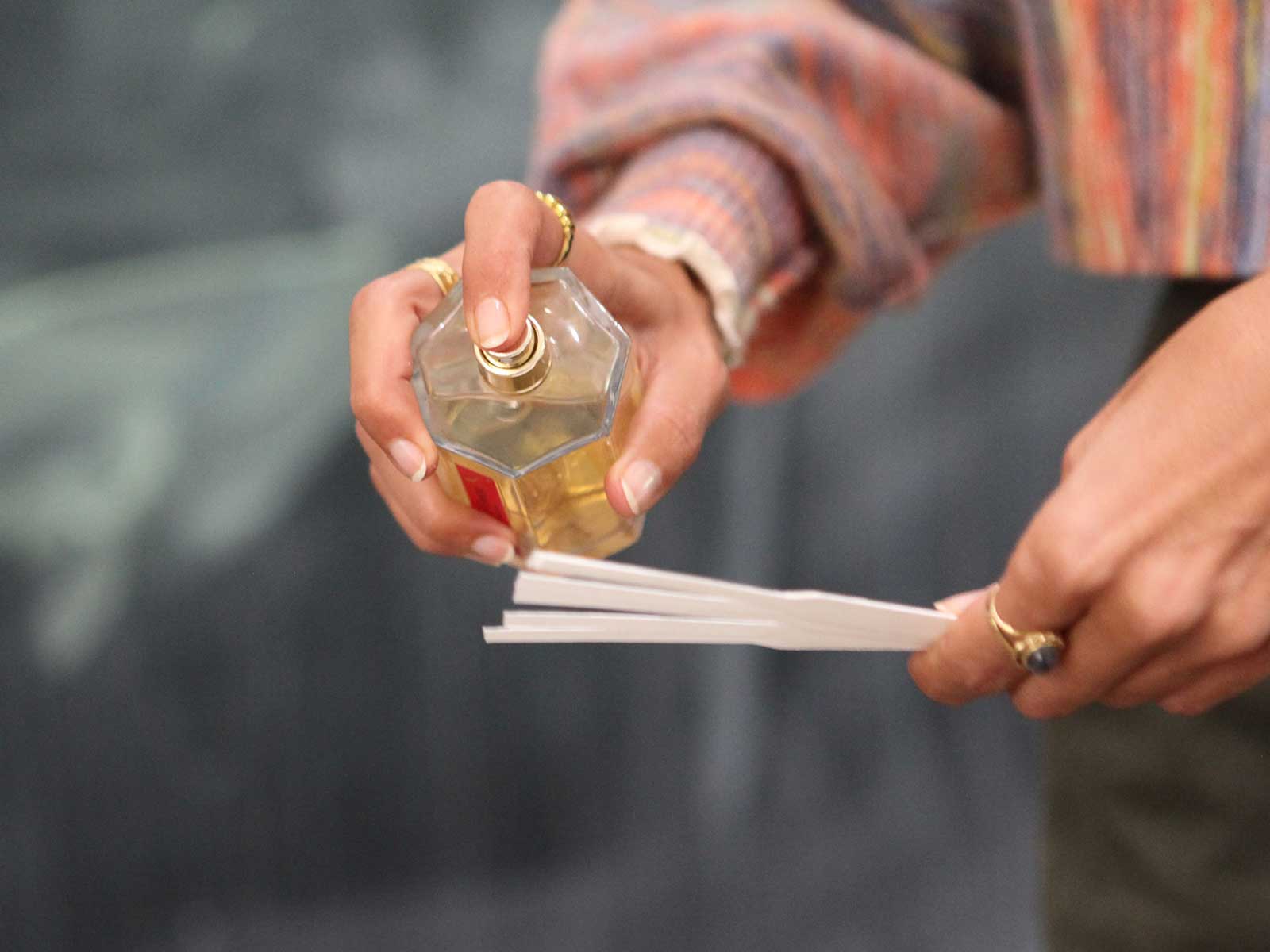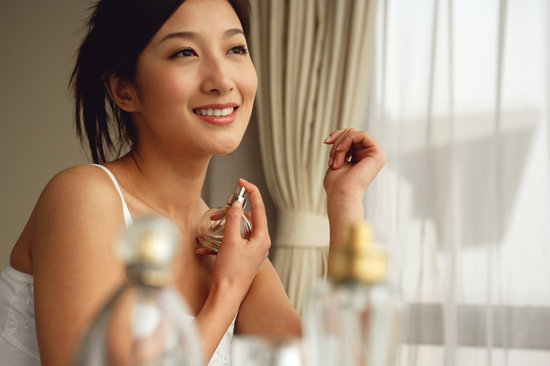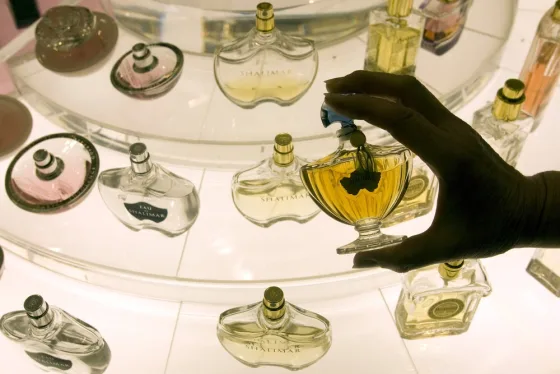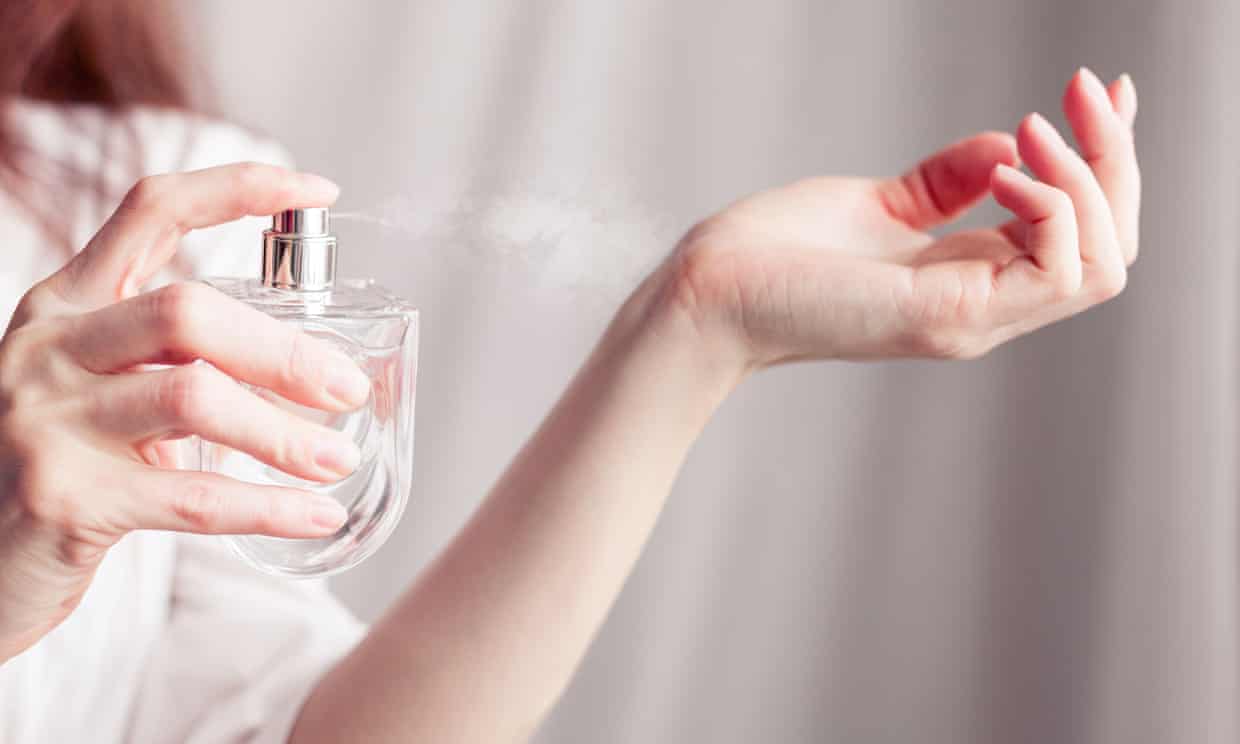When Scents Stop Making Sense
Once a symbol of quiet elegance or intimate personal expression, perfume has become loud. Not in volume, but in marketing. In the last five years, perfume culture has transformed from a refined hobby to a mass-market performance—fuelled by social media, celebrity endorsements, niche snobbery, and overpriced flacons promising vague emotions. The fragrance counter isn’t about scent anymore; it’s about status.
There was a time when wearing perfume meant choosing something that quietly enhanced your presence. The goal wasn’t to be noticed across a room but to leave a whisper of identity behind. Now? It’s all projection, both literal and digital. High-sillage, head-turning perfumes flood TikTok and Instagram, where people chase compliments rather than character. Scent has become an accessory to a selfie—louder, more luxurious, and shockingly expensive.
Fragrance as Content, Not Craft
A major contributor to the shift is the commodification of scent in digital spaces. Influencers and reviewers dominate platforms like YouTube, TikTok, and Instagram, recommending the same ten perfumes over and over again with inflated hype and affiliate links. Their language, often dripping in hyperbole (“it’s giving boss energy” or “this smells like heaven on a yacht”), reduces perfumery to meme-level nonsense. The artistry gets lost in algorithms.
Part of the blame lies with how many fragrance brands have leaned into this. Gone are nuanced campaigns based on raw materials or craftsmanship. In their place are flashy ads, TikTok-ready aesthetics, and mood-based slogans. You no longer buy a perfume for the vetiver or labdanum; you buy it to feel “expensive” or “dangerous.”
Adding to this confusion is how even niche brands now cater to social media culture, repackaging their image to chase virality. Ironically, as the niche market expands, it starts to resemble the mainstream it once pushed against.
When Everyone’s a Collector
Perfume culture has also become increasingly consumerist. Fragrance used to be something you wore. Now, it’s something you collect. Scent enthusiasts no longer discuss a signature scent or a seasonal rotation; they boast “wardrobes” with hundreds of bottles—some unopened, others stored only to say they own them. The idea of truly using up and appreciating a fragrance feels obsolete.
This collector’s mentality is often defended as a form of appreciation, but it leans more toward compulsive accumulation. Community spaces like Reddit’s r/fragrance and fragrance Facebook groups have transformed into arenas of bragging rights. New releases are dissected within hours. Blind buying—a practice once considered risky—is now a norm, driven by influencers and hype. The industry feeds off this urgency, releasing limited editions and flankers every few months.
The keyword perfume culture has become inseparable from the language of FOMO.
Smelling Like Everyone Else
Ironically, despite the boom in availability and the endless talk of “unique” and “signature” scents, everyone’s starting to smell the same. The same dozen perfumes make the rounds, from Maison Francis Kurkdjian’s Baccarat Rouge 540 to YSL’s Libre and Le Labo’s Santal 33. These scents, while undeniably well-crafted, have become victims of their own success—oversaturated, over-worn, and, in many cases, reformulated for cost.
The homogenization is real. Walk into a high-end café, coworking space, or even a gym, and the olfactory identity is strikingly similar. People crave individuality but end up wearing whatever has the most likes on TikTok. Even “dupe culture” has contributed to this dilution, with entire brands built around copying popular perfumes at lower price points. While this democratizes access, it also flattens creativity. If everyone’s wearing a clone, how unique can it really be?
When Price Outpaces Quality
Perfume prices have ballooned. It’s not uncommon to see 50ml bottles selling for upwards of $400—often with no justification beyond “luxury branding.” The cost rarely correlates with the quality of ingredients or composition. Instead, you’re paying for heavy caps, velvet boxes, and an Instagrammable bottle.
This isn’t just a luxury niche issue. Even designer houses have upped prices and shrunk bottle sizes. A fragrance that used to cost $85 now goes for $145, with little to no improvement in longevity or complexity. And yet, customers keep paying. The perception is that expensive must mean better, and perfume houses know this. The market has been conditioned to believe that exclusivity is worth any price.
The Intimacy Is Gone
At its best, perfume is intimate. It sits close to the skin, mingles with your chemistry, and tells a quiet story. But modern perfume culture rewards the opposite. Projection is everything. Longevity is worshipped. People treat scent like a foghorn instead of a diary.
In this climate, subtle, personal fragrances get overlooked. Classic colognes, vintage aldehydes, or delicate floral eaux de toilette are dismissed as “too soft” or “grandma perfumes.” The art of restraint is all but lost. Even conversations around perfume have grown performative—driven by clout, not curiosity.
Is There a Way Back?
Fragrance didn’t use to be this exhausting. It didn’t demand you keep up with every release or curate a collection to post on Instagram. It didn’t require decoding influencer jargon or spending $300 to feel special. The culture around it has warped, reshaped by attention economies and consumer capitalism.
That’s not to say there’s no hope. There are still perfumers and enthusiasts focused on the art, the memory, the emotion. But they’re harder to hear through the noise—and ironically, harder to smell in the crowd.




